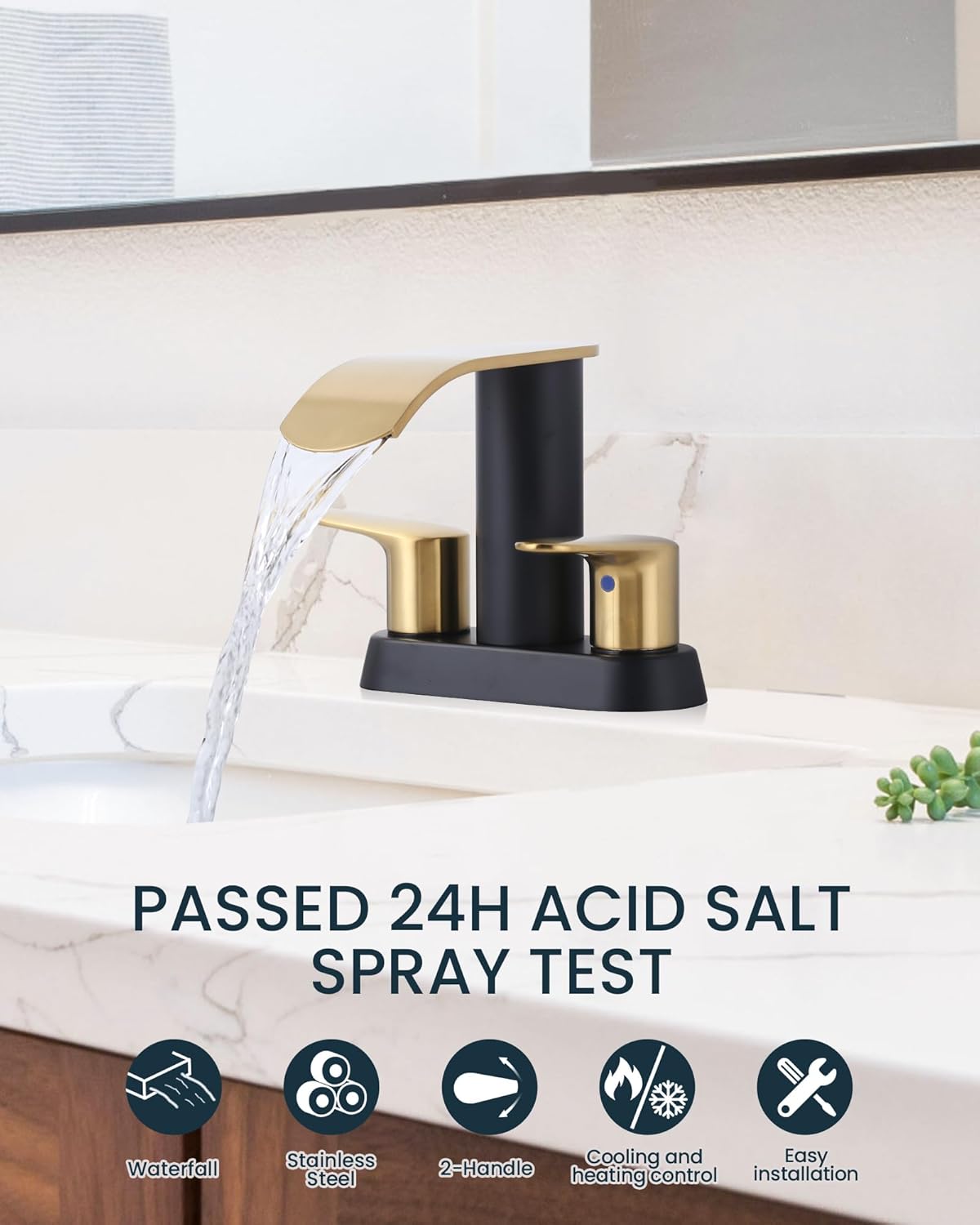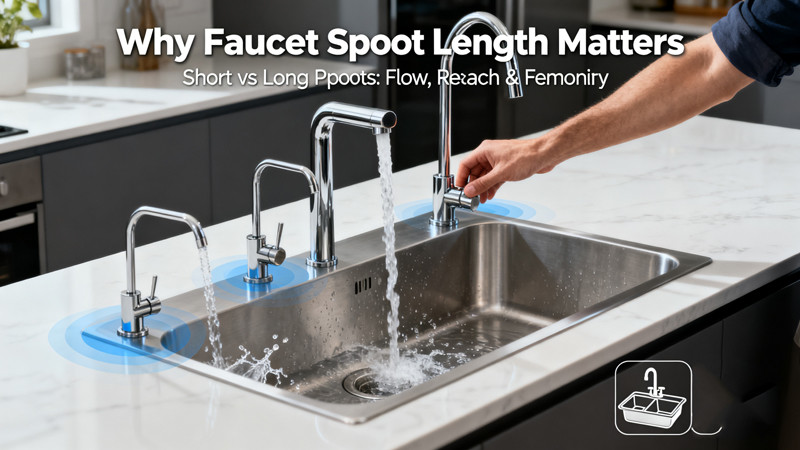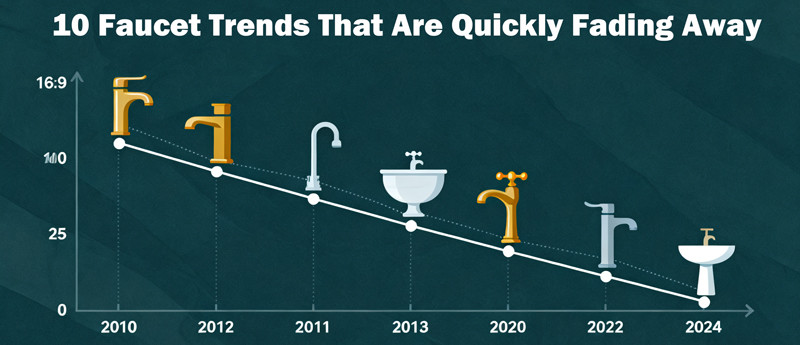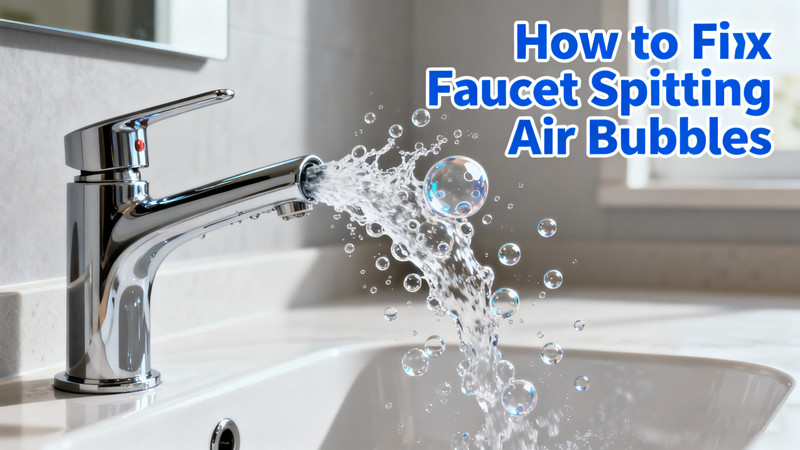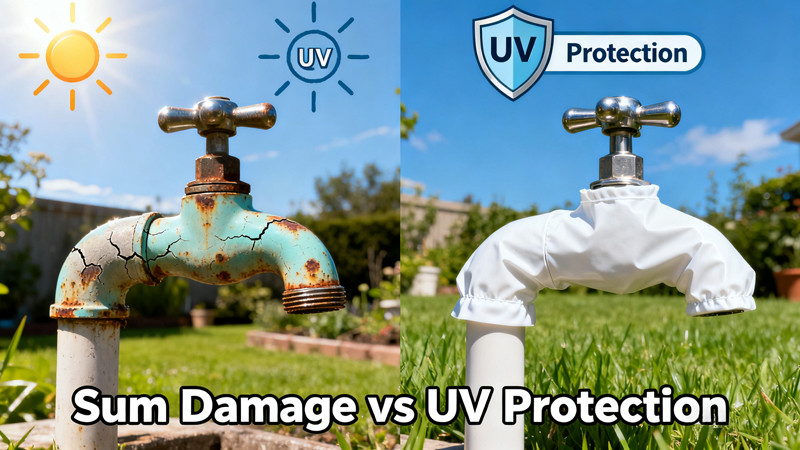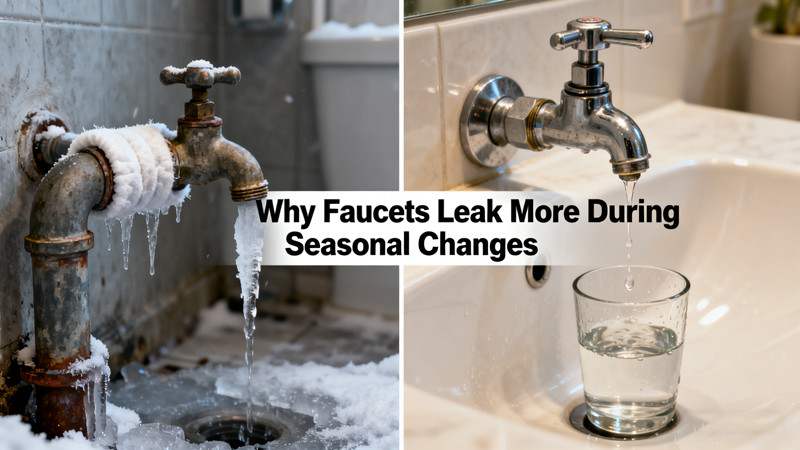
A faucet drip may seem like a minor annoyance, but when you notice it happening more often during certain times of the year—especially as the seasons change—it’s worth paying attention to. Many homeowners report that leaks appear or worsen during temperature shifts from winter to spring, or from summer to fall. This isn’t just coincidence. Faucets, like the rest of your plumbing system, are directly affected by environmental factors such as temperature, humidity, and water pressure fluctuations. Understanding why faucets leak more during seasonal changes can help you address the issue quickly and prevent costly water damage.
Temperature Fluctuations and Material Expansion
One of the biggest reasons faucets leak more during seasonal changes is because of how materials respond to temperature fluctuations. Metals, plastics, and rubber components all expand and contract with changes in temperature.
- In colder weather, the metal parts of your faucet contract. This can cause washers, O-rings, and seals—often made of rubber or silicone—to loosen slightly. As a result, tiny gaps may form, allowing water to seep through and cause drips.
- In warmer weather, expansion occurs. While expansion doesn’t always directly cause leaks, the repeated cycle of contracting in winter and expanding in summer weakens seals and fittings over time. Eventually, these parts lose their snug fit, making leaks more likely.
Think of it like bending a paperclip back and forth: the stress of repeated expansion and contraction eventually causes fatigue, cracks, or failure. Your faucet components experience a similar process throughout seasonal changes.
Water Pressure Variations
Municipal water systems often experience changes in pressure depending on seasonal demand. For example:
- Summer months tend to see spikes in water use due to irrigation, filling swimming pools, or increased household consumption. Higher pressure in your plumbing system can strain faucet components, especially if washers or seals are already worn.
- Winter months sometimes bring the opposite problem: frozen pipes or restricted flow can create uneven pressure surges once water begins flowing again. These pressure spikes can damage faucet cartridges, aerators, or valve seats, resulting in leaks.
Even small, temporary shifts in pressure can push weakened parts past their breaking point, leading to seasonal drips.
Frozen Pipes and Residual Stress
In colder climates, frozen pipes are a common seasonal culprit. While faucets themselves may not freeze if they’re indoors, the connected pipes can. When water freezes, it expands, creating enormous pressure inside the pipe. Even if the pipe doesn’t burst, this pressure travels to the faucet. Once thawed, the stress may have loosened joints, cracked seals, or warped washers. The result: a faucet that suddenly leaks once the temperature warms up.
Humidity and Corrosion
Seasonal humidity changes also play a role. High humidity, especially in summer, can accelerate corrosion in metal components like valve seats, screws, or handles. Corrosion roughens the surface and prevents washers from sealing tightly. On the other hand, dry winter air can cause rubber seals to harden, shrink, or crack. Both conditions increase the likelihood of leaks.
If you live in coastal or humid regions, seasonal corrosion may be even more pronounced, making faucet maintenance especially important.
Wear and Tear Over Time
While seasonal changes amplify leaks, they don’t necessarily create them out of nowhere. If a faucet is already aging or has minor wear, environmental changes can expose those weaknesses. For example:
- A worn washer may hold up fine in spring but start dripping when winter cold contracts the faucet body.
- A cracked cartridge may not leak during dry summer months but begin to fail in damp fall weather.
In this sense, seasonal changes act as a “stress test” for your plumbing, revealing problems that might otherwise stay hidden a little longer.
Poor Installation or Maintenance
If a faucet was installed improperly—say, with fittings that weren’t tightened enough—temperature and pressure fluctuations are more likely to trigger leaks. Seasonal changes also highlight a lack of routine maintenance. For example, O-rings and washers need periodic inspection and replacement, but many homeowners neglect these small tasks until a seasonal leak appears.
Preventing Seasonal Faucet Leaks
The good news is that you don’t have to accept faucet leaks as an inevitable part of seasonal changes. With the right care, you can minimize or even prevent them altogether.
1. Inspect and Replace Seals Regularly
Check washers, O-rings, and cartridges at least once a year. These inexpensive parts are the most common sources of leaks and are easy to replace before they fail.
2. Monitor Water Pressure
Install a water pressure gauge to ensure your home’s plumbing isn’t under excessive stress. Ideal residential water pressure is usually between 40 and 60 PSI. If it’s consistently higher, consider a pressure-reducing valve.
3. Protect Pipes from Freezing
Insulate exposed pipes in basements, crawl spaces, and exterior walls. This reduces the risk of freeze-thaw cycles that can strain your faucet.
4. Clean and Maintain Faucets
Mineral buildup accelerates wear on washers and cartridges. Clean aerators and faucet parts regularly with vinegar or a mild descaling solution, especially if you live in an area with hard water.
5. Address Corrosion Early
If you notice green, white, or rust-colored deposits around faucet joints, deal with them promptly. A little preventative cleaning and replacement now can prevent leaks later.
6. Schedule Seasonal Plumbing Checks
Just like you service your HVAC system seasonally, it’s wise to give your plumbing a check-up too. A plumber can spot small issues before seasonal changes make them worse.
When to Call a Professional
If you’ve tried tightening fittings or replacing washers and your faucet still leaks, it may be time to call a plumber. Persistent leaks can indicate deeper problems like damaged valve seats, deteriorated cartridges, or even issues with your water supply lines. Seasonal leaks that recur year after year are especially worth professional attention, as they may point to systemic issues in your plumbing system.
Final Thoughts: Why Faucets Leak More During Seasonal Changes
Faucet leaks during seasonal changes aren’t random—they’re the result of how plumbing materials react to environmental shifts in temperature, humidity, and water pressure. While these factors can speed up wear and tear, they also provide an opportunity to catch small problems before they turn into costly repairs. By understanding the seasonal stresses on your faucets and practicing proactive maintenance, you can keep leaks under control and ensure your plumbing system runs smoothly year-round.
 WOWOW Faucets
WOWOW Faucets